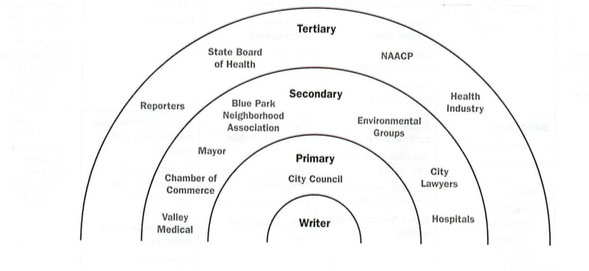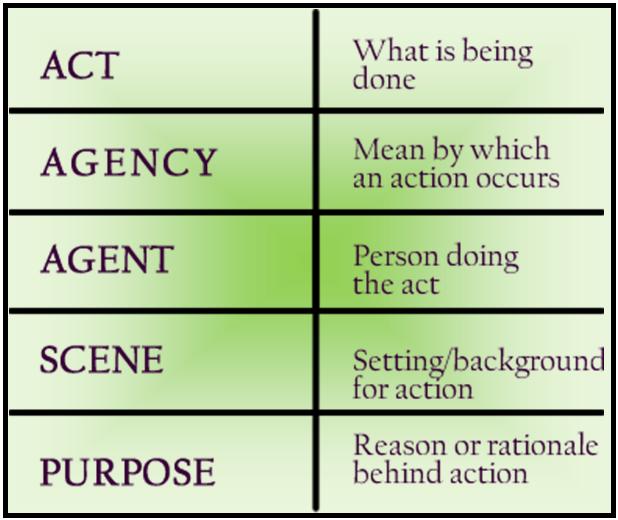An individual might not fit into the normative space OR the queer space. There are spaces in between. People might belong in different spaces – but even that… people don’t need to “fit in,” period.
We spoke about applying queer rhetoric in class – I thought of the article I assign in my 201 class, “Dude, You’re a Fag.” I assign the article as one of five and students usually do really well with it. The author doesn’t spend much time on sexuality and instead focuses on gender performativity and toxic masculinity in high school students. After discussing queer theory, I think it would be super beneficial to give students a quick lesson on queer theory before assigning the article (in future classes). This made me realize, I could do mini lectures on different theories for each article I assign. For example, I could have students interact with post-colonial theory before assigning “Multicultural Barbie,” an article about the misrepresentation and under-representation of ethnic women in children’s dolls.
Also, I thought the information on the site we looked at about the military was interesting – as it is viewed as an anti-gay institution. In class there was a discussion about how homosexuality has been prevalent in the service for years (I totally believe that) and how it is completely frowned upon now. I’m not sure why, but I feel the need to add that this isn’t my (second hand) experience with the military. There are many openly gay officers in the Air Force and while I’m sure they receive unfavorable reactions from some people, I know that they also receive a lot of respect and admiration from their fellow servicemen.















